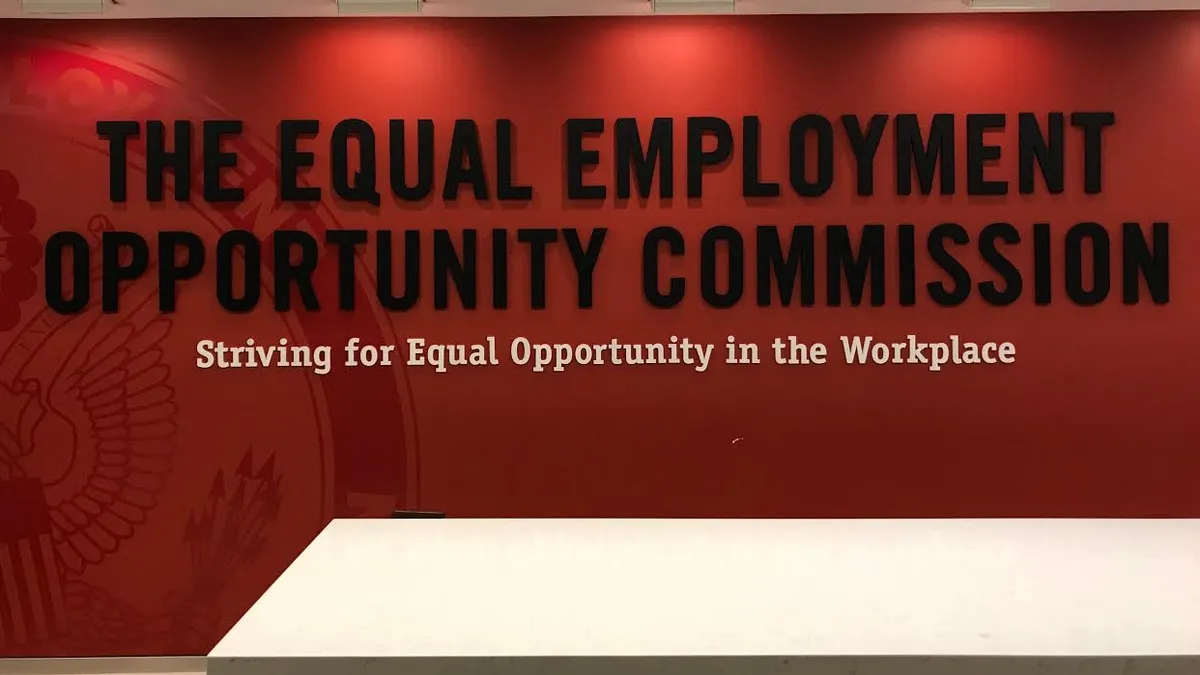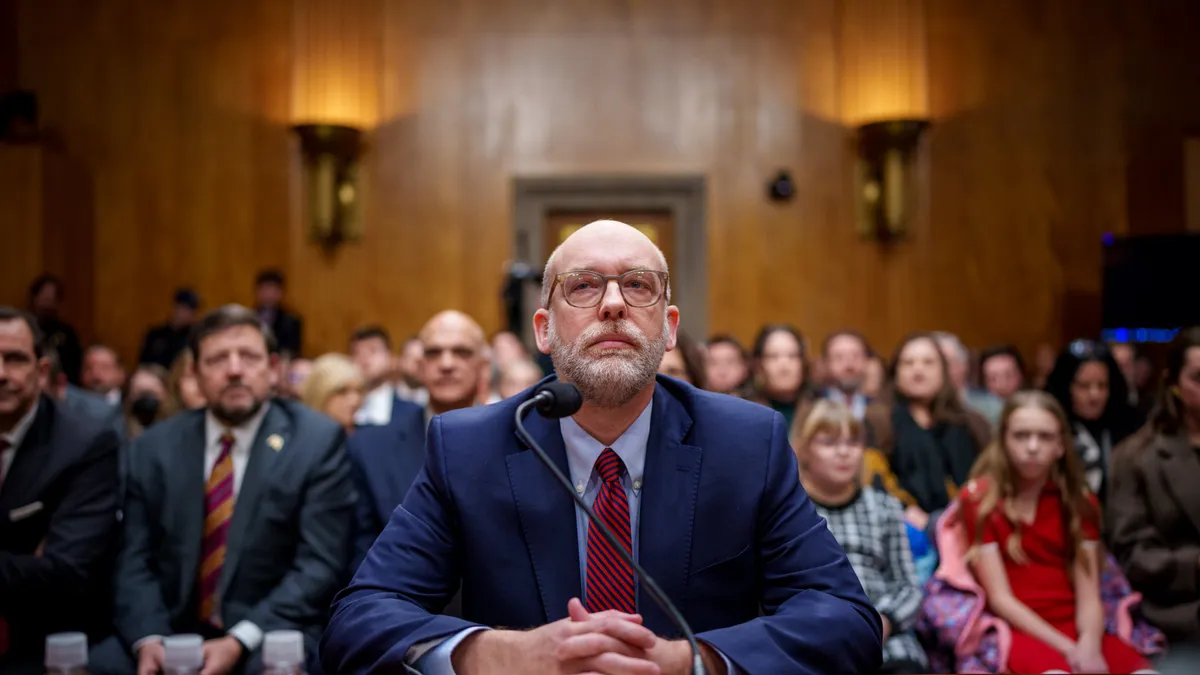When security personnel dragged a passenger from a United Airlines flight in 2017, news reports were critical of the company’s initial response. A short time later, United’s CEO at the time, Oscar Munoz, released a second statement that, commentators said, struck a better tone.
Had the company’s general counsel been available at the start of the crisis, Munoz said last week in a webcast, the company’s initial response would have been better. As it was, the GC had just left for planned time off and, without him in the room, the company lost the benefit of his skill in handling difficult situations.
“If he had been in the room with us, it wouldn't have happened,” Munoz told Tim Parilla, chief legal officer at enterprise legal technology company LinkSquares, the webcast host. “My instinct was to protect and support my people [but] the visuals and the actions were so divergent. Brett Hart [now United president] would not [have] let me do that. [He would have said] ‘I hear you. This is not the time to do that. This is what you need to get done.’ And I would have listened.”
The bond between CEOs and their general counsel isn’t based on how smart the legal chief is as a lawyer, Munoz said; it’s about the chemistry the two have.
“It starts with gaining trust,” Munoz said. “You have to stop us from driving off a cliff because unfortunately, as lay people, we tend to do that and you’re the guardrail for all of us.”
Tough career paths
The rigorous process for lawyers to get to the top of their profession – getting into a good school and excelling at a firm, among other things – can often work against lawyers in an in-house context, Munoz said. When you’re in-house, the goal isn’t to win as a lawyer but to help the CEO do what’s best for the organization.
“We get it,” Munoz said. “You’re smart. But when you try to prove to everyone in the room how much smarter you are then anyone else, that is the first human disconnect that upsets people – completely begins to alienate people…. I’ve had to work with certain people – really beat it into their head: ‘I don’t care how smart you are. It doesn’t matter. The person that has to take ownership of this is the person you support.’”
Steady hand
When Munoz was COO at railroad giant CSX before heading up United, he had worked with a GC who understood the in-house role well, he said. In one example, she had created an emergency response plan that seemed at the time cumbersome and expensive, but when an incident occurred, everyone knew what to do and we’re positioned to help the company move quickly through crisis mode to get back on track with minimal disruption.
“When stuff [like a derailment] hit the fan … we had people in the air and on the ground,” he said. “We had a tent or a building. Money flowed to that community immediately. No questions. That’s the way you alleviate the immediate concern. That came from the GC.”
Munoz contrasted the response plan the GC created at CSX to the widely reported response by Norfolk Southern in 2023 when one of its trains carrying hazardous materials derailed in East Palestine, Ohio. In news reporting at the time, critics faulted the company’s handling of the crisis.
“The response there was not considered to be positive,” Munoz said.
Munoz said he and his United GC forged a close relationship prior to his becoming CEO when he was on the company’s board as chair of its audit committee. Hart had managed an internal investigation into the company’s CEO at the time, who along with other executives was believed to have had a role in a situation involving potential misconduct.
“There was something in the way [Hart] was able to do it,” Munoz said, “not only his capability but a depth of understanding of the human angle…. It was a relationship forged in a lot of situations going on and us working well together, his demeanor being perfect for me.”
GC skills
Munoz recommended that lawyers hoping to sit in a GC seat focus on becoming good listeners – a harder skill to learn than many might assume – so they can understand where a leader wants to take an organization, and how that person operates, so they can help that person achieve their goals.
“If you walk into something all edges and elbows – ‘I’m smart. I’m here’ – it’s not durable,” he said. “It doesn’t permeate into the thoughts of people in the organization that learn to do the right thing. It’s a big leadership thing for me.”



















